Archaeologists Are Hot on the Trail of These 16 Spectacular Mysteries
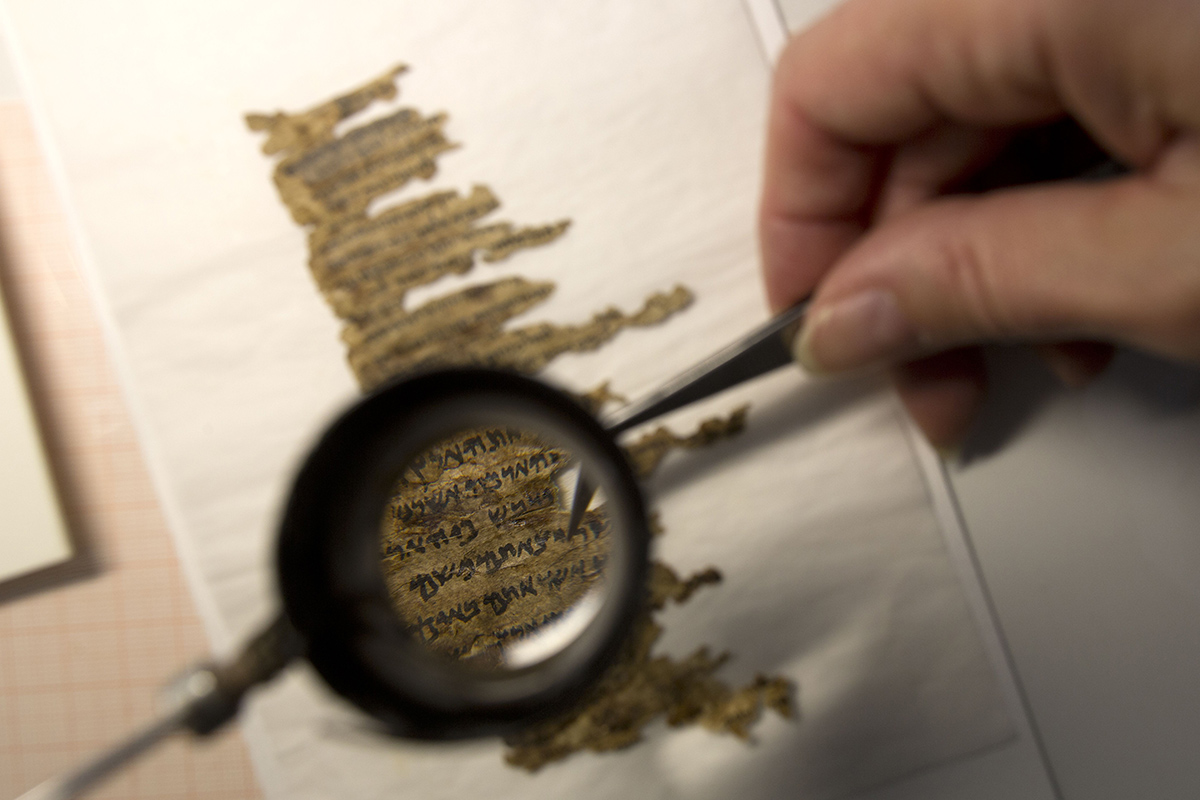
Digging up the past can reveal spectacular artifacts and the tales that go with them. But some discoveries, though impressive on their own, hint at something bigger and more intriguing. Those are the mysteries that keep archaeologists up at night. From the cryptic Sea People who are thought to have attacked civilizations throughout the Mediterranean to massive stone structures formed into various geometric shapes in Jordan and Syria to hidden tombs in Egypt's Valley of the Kings, researchers are hot on the trail of solving some pretty amazing archaeological mysteries. Here are 16 of those.
Related: Check out the biggest historical mysteries that may never be solved.
Who were the Sea People

Around 3,200 years ago, a group of people whom modern-day scholars often call the Sea People attacked cities and civilizations throughout the eastern Mediterranean. Many cities were destroyed and the Sea People, who may have been from the Aegean (based on the design of their pottery), settled in the Middle East.
Excavation of cities associated with the Sea People and studies of ancient texts that mention them are ongoing. In October 2017, archaeologists revealed a massive stone inscription that refers to the Sea People and was found in Beyköy, in Turkey.
What are the Works of the Old Men?
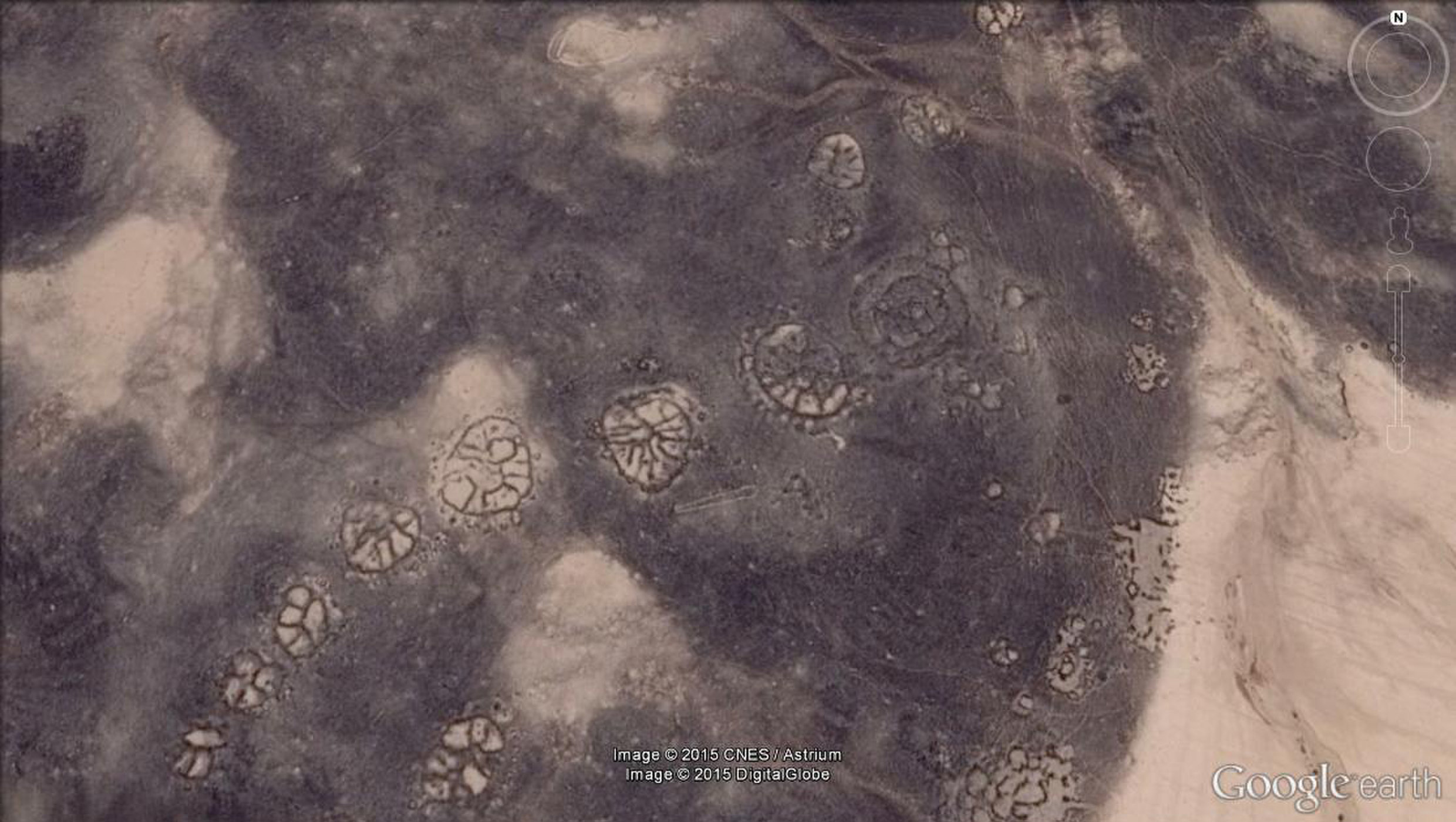
The Works of the Old Men, as the Bedouin called them in the early 20th century, are a variety of stone structures found in Jordan, Syria and Saudi Arabia. The structures are often difficult to make out on the ground but can be readily seen in airplanes or on satellite images. The stone structures tend to be named after the shapes they form — with "kites," "wheels" and "gates" being used to describe the shape of the structures.
Research into these structures is ongoing and Live Science is aware that researchers are about to publish a paper on new discoveries from Saudi Arabia.
Are there any hidden chambers in the Great Pyramid?
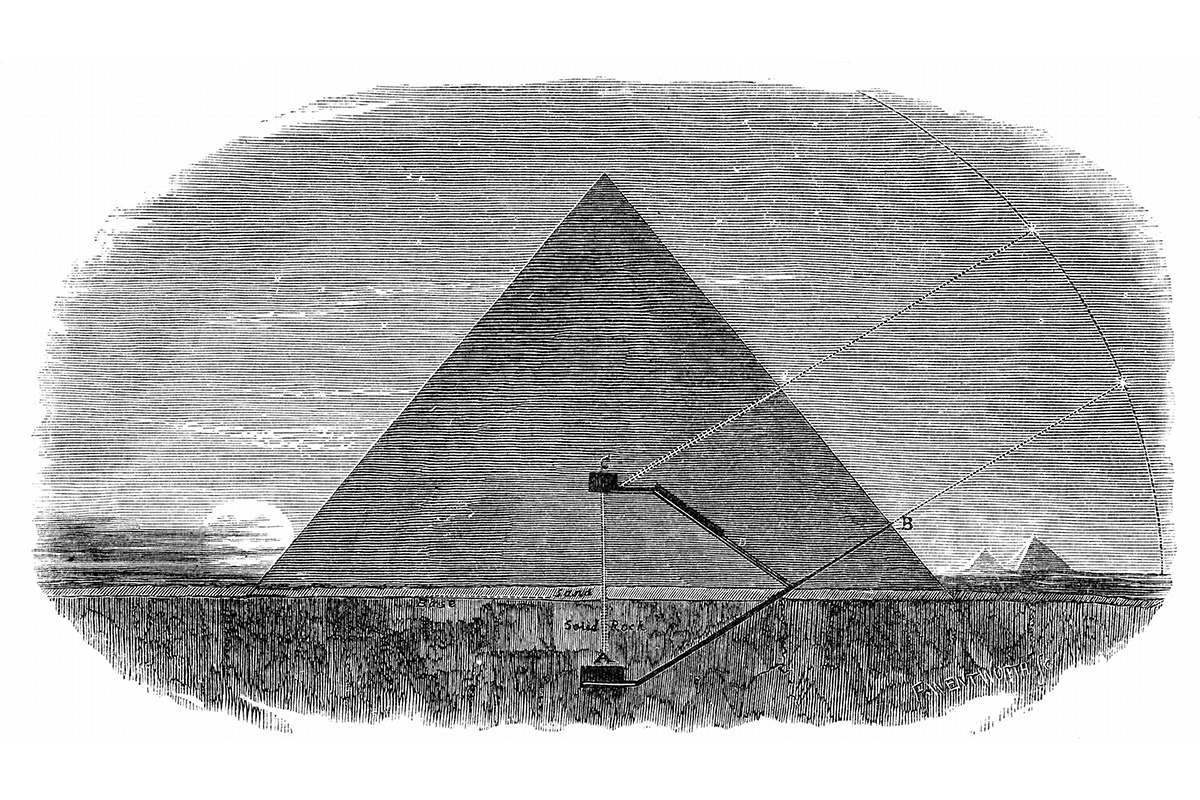
Research carried out by the Scan Pyramids Project indicates that there may be two unknown voids or cavities inside the Great Pyramid — the largest pyramid ever built by the ancient Egyptians. It was constructed at Gizaabout 4,500 years ago for the pharaoh Khufu.
Get the world’s most fascinating discoveries delivered straight to your inbox.
One void is located on the northeast corner of the pyramid, while the other is located on the north face of the pyramid behind four building blocks with chevron designs (an inverted v-shape).
Some scientists who have reviewed the research have cast doubt on the findingsand more scans are being conducted to try to verify the results. New results may be announced in 2017.
Are there hidden royal tombs in the Valley of the Kings?
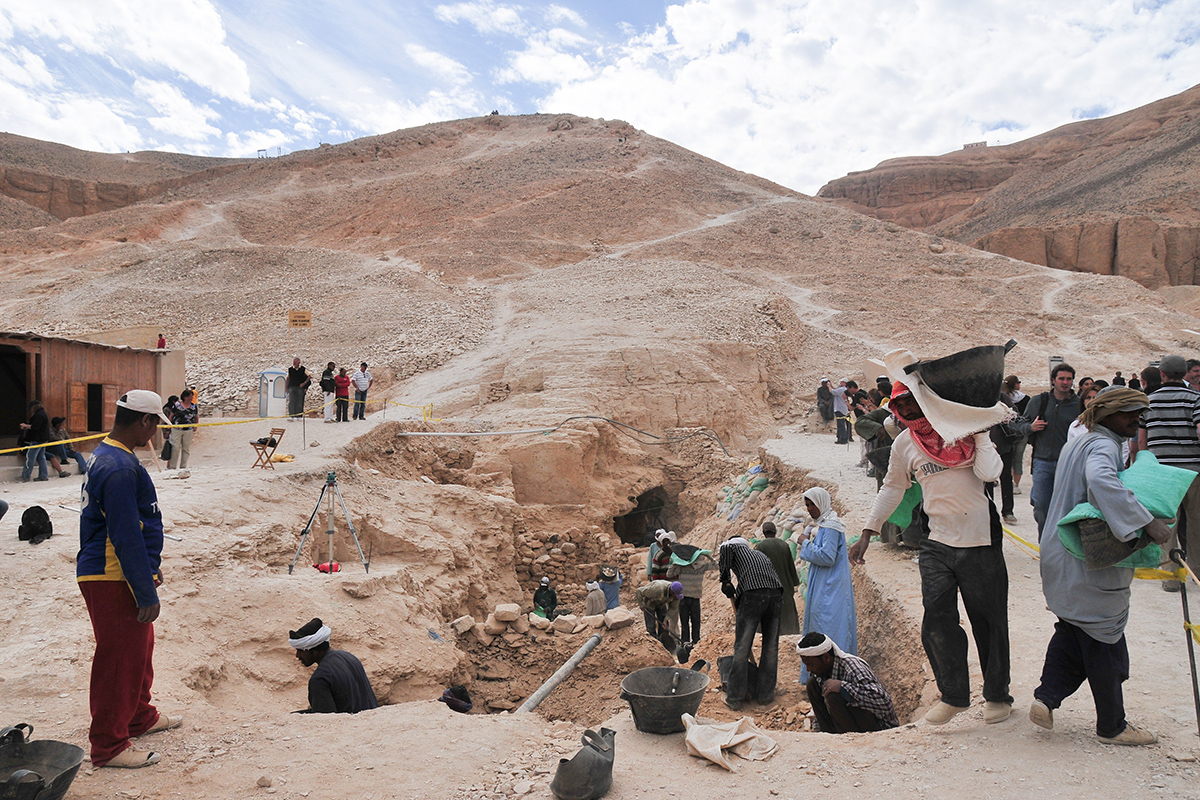
The Valley of the Kings was used to bury Egyptian royalty from roughly the 16th to 11th centuries B.C. Most of the tombs were robbed in ancient times, although Tutankhamun's tomb was discovered largely intact in 1922.
Archaeologist Zahi Hawass said in 2013 that he believes there are undiscovered tombs in the Valley of the Kings. Of particular interest is a site where four foundation deposits have been discovered and where radar scans suggest that a tomb may be there. Though the scientists aren't sure who might be buried in that possible tomb, they have speculated it could be King Tut's wife. Hawass told Live Science that he plans to excavate at the site in the future.
Who wrote the Dead Sea Scrolls?

The Dead Sea Scrolls consist of thousands of fragments of texts dating back around 2,000 years that were found in 12 caves near the site of Qumran in Israel. Who wrote the Dead Sea Scrolls is an ongoing debate, with the leading theory being that a sect called the Essenes who lived at Qumran wrote many of the scrolls and stored them in the caves before fleeing the Roman army around A.D. 70.
However other theories have been proposed. Even scholars who support the idea that the Essenes wrote many of the scrolls concede that a substantial number of the scrolls were not written at Qumran, but came from other sites in what are now Israel and Palestine. Archaeologists have been surveying the area around Qumran, searching for undiscovered caves that may yield more information. The discovery of a new cave was announced in February 2017, and survey work is being conducted to try to find additional caves holding scrolls.
What is the oldest Christian artifact?

At present, the earliest surviving Christian artifacts are papyri and an inscription that date back to the second century, about a century after the death of Jesus. A fragment from the Gospel of John, which is currently in the John Rylands Library at the University of Manchester, might be the earliest Christian artifact dating back to the first half of the second century, according to analysis of its writing. A more recent analysis, however, suggests that it may actually have been written on a later date. [5 Unanswered Questions About Jesus]
A team of scholars that includes Daniel Wallace, a professor of New Testament Studies at Dallas Theological Library, is now investigating a papyrus from the Gospel of Mark that may date to the first century, which, if accurate, would make it the oldest known Christian artifact. In 2015, one scholar revealed that the papyrus was once part of an Egyptian mummy mask (it was reused in ancient times as cartonnage).
The text may be part of the collection of the soon-to-be-opened Museum of the Bible (although this is unconfirmed) and is supposed to be published in a book that discusses papyri in the museum's collection. Publication of this book has been delayed.
Where did the Vikings sail in North America?

The Vikings reached North America around the year 1000, establishing a short-lived settlement at L'Anse aux Meadows on the northern tip of Newfoundland. They sailed into the Canadian Arctic, landed at times in Labrador and also sailed down the north coast of Newfoundland. Butternut seeds found at L'Anse aux Meadows indicate that the Vikings sailed farther south, but where exactly they sailed remains unknown.
In addition to L'Anse aux Meadows, three possible Viking sites in North America have been recently excavated and scientists continue to analyze artifacts found at those sites. Satellite research is also being done that may reveal more possible Viking settlements in North America.
What were the Philistines like?
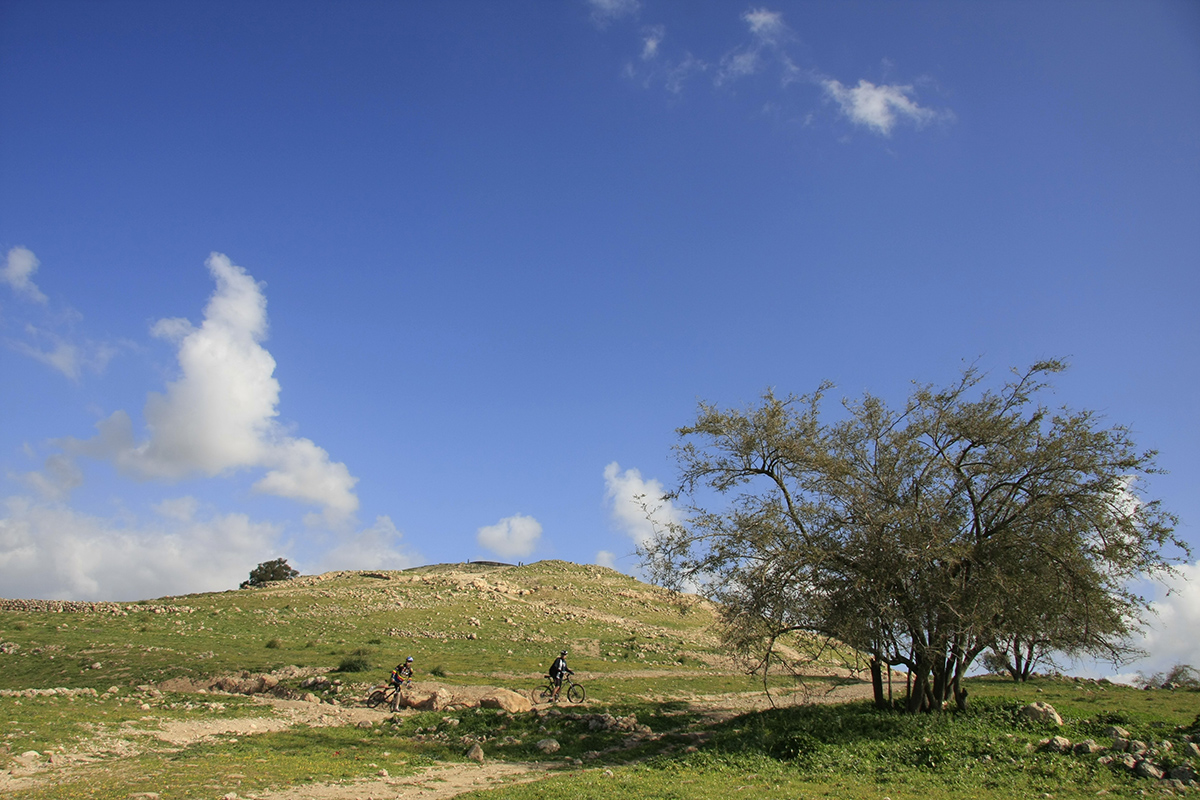
The Philistines arrived in the Levant (an area that includes Israel, Palestine and Lebanon) around 3,200 years ago. History has not been kind to them. Most of what we know about the Philistines comes from Egyptian and Assyrian texts and, most famously, the Hebrew Bible. This has led to the Philistines getting a bad reputation, and the name "Philistine" is sometimes used today to describe someone who is hostile and has no appreciation of culture or arts. However, current archaeological excavations in Gath and Ashkelon are providing new information that may allow archaeologists to get a better idea as to what the Philistines were really like.
What does the Indus Valley Script say?

The Indus Valley civilization (sometimes called the Harappan civilization, after one of its largest cities) flourished more than 4,000 years ago in what is now Pakistan, India, Afghanistan and Iran. Climate change appears to have played an important role in its collapse. The people of the Indus Valley civilization wrote with a script that remains undeciphered.
Sizable numbers of people from the Indus Valley lived in Mesopotamia; these people were called Meluhans in ancient Mesopotamian texts. Archaeologists are currently excavating sites in the Gulf States and Iraq that may reveal more information on the interaction between the people of Mesopotamia and the people of Meluha. It is hoped that one day a bilingual text, written in both the Indus Valley script and a Mesopotamian language (most ancient Mesopotamian languages can be read), will be discovered. If such a text is found, it may allow for the language of the Indus Valley civilization to be deciphered.
Why was Stonehenge constructed?
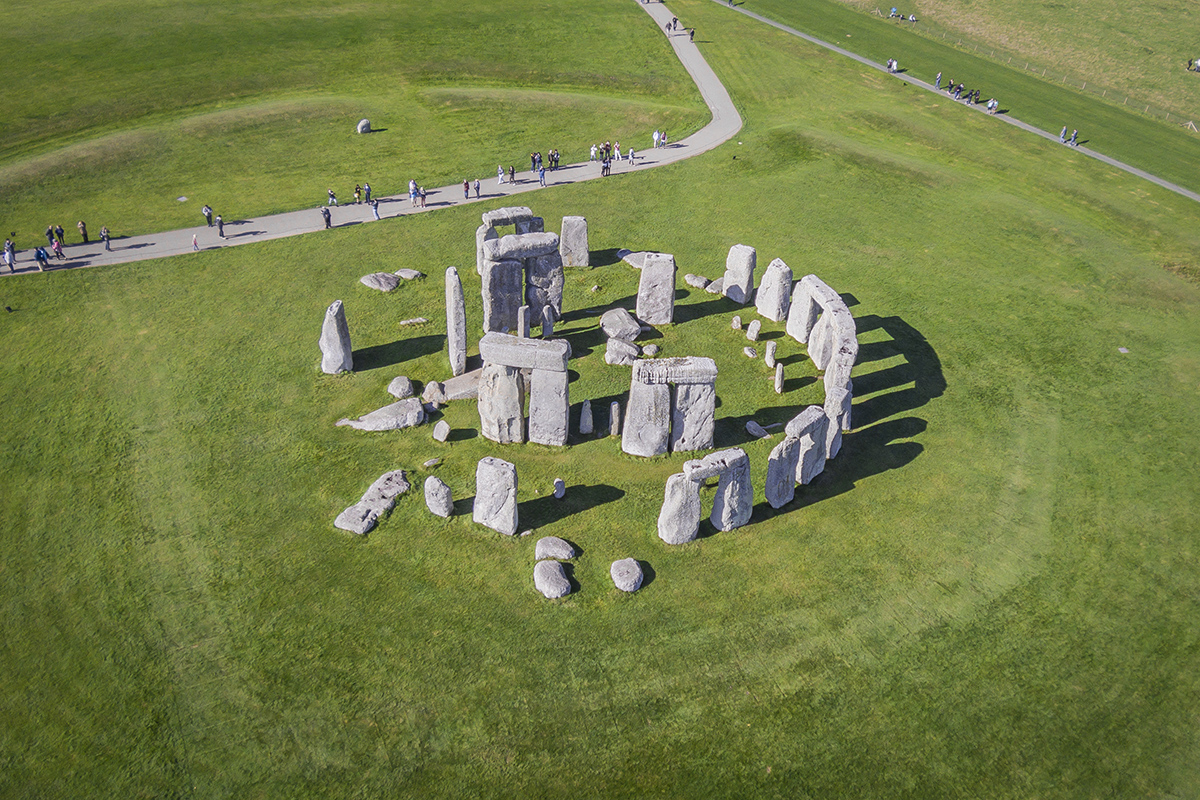
An ongoing survey and analysis of Stonehenge and the landscape around it have revealed a vast amount of new information. Archaeologists have now determined that Stonehenge was just one part of a vast sacred landscape that included burials, shrines and other circular monuments made of wood or stone. Astronomical alignments existed at Stonehenge and in the landscape around it, and archaeologists are working to discover all these alignments and understand their meaning.
The sacred landscape of Stonehenge appears to have flourished for millennia, predating the construction of Stonehenge itself. While the precise reasons why Stonehenge was constructed are not clear, archaeologists continue to make new discoveries at the site.
What was Blackbeard really like?

Blackbeard is considered one of history's most notorious pirates, known for terrorizing and pillaging ships along the Atlantic coast and the Caribbean. His flagship? Queen Anne's Revenge, formerly a slave ship.
Over the past decade, archaeologists have been excavating and analyzing artifacts from the wrecked remains of this frigate, revealing a wide array of information, including details of the medical practices aboard his ship. Analysis of these artifacts is ongoing. Currently, researchers are looking at the numerous glass beads found aboard Blackbeard's ship to see what they can reveal about Blackbeard's crew and the slaves that were aboard Queen Anne's Revenge when Blackbeard captured the ship.
What does the Voynich manuscript say?

Quality control operator of the Spanish publishing outfit Siloe Luis Miguel works on cloning the illustrated codex hand-written manuscript Voynich in Burgos on August 9, 2016.
The so-called Voynich Manuscript, a small unassuming book usually stored in a Yale University vault, is one of the most mysterious books in the world, that a small publishing house in northern Spain has finally secured the right to clone. The precious document containing elegant writing and strange drawings of unidentified plants and naked women is believed to have been written six centuries ago in an unknown or coded language that no one -- not even the best cryptographers -- has ever cracked.
Could mummies bring a disease back from the grave?

Smallpox was eradicated in the 1970s, with only labs in the United States and Russia still containing samples of the virus. However, as archaeologists around the world continue to discover remarkably well-preserved human mummies, concerns have been raised that an archaeological discovery from the past could bring back the disease.
In 2011, construction workers in New York came across an iron coffin that held a remarkably well-preserved mummy of a woman who had died of smallpox. Archaeologists called the Centers for Disease Control and Prevention (CDC) to determine whether the disease could still be active. The scientists ultimately concluded that this particular mummy posed no risk, but the CDC has been working with archaeologists to better understand the history of smallpox and determine whether there is any risk of the disease literally coming back from the grave.
Related: Mysterious 'Man in the Iron Mask' revealed, 350 years later
How did past civilizations survive severe droughts?

Warming climate and increasingly arid conditions pose major problems for numerous modern-day communities. Archaeologists working at sites around the world are analyzing the different ways in which humans in the past adapted to increasingly arid conditions.
For instance, more than 4,000 years ago, at a time when the Middle East was undergoing a severe arid period, some communities survived by building cities in locations that had large reserves of underground water nearby, archaeologists have found. Similarly, archaeological research suggests that ancient human populations in the American southwest survived arid periods by moving to locations that still held water.
How do looted artifacts get sold on the black market?
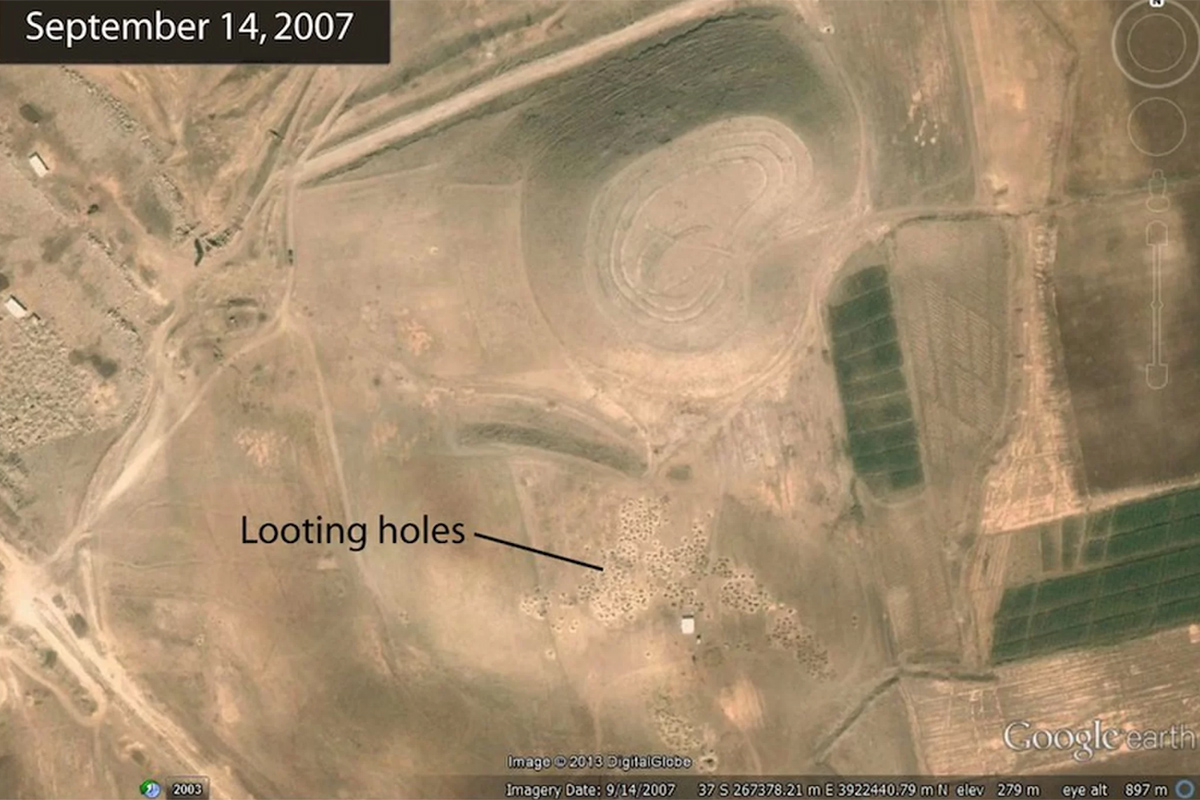
Law-enforcement and defense experts working in a number of government organizations and research institutes agree that organized crime and terrorist organizations are selling looted artifacts to raise funds for their activities. But the methods these organizations are using to obtain funds from looting can be complex.
Archaeologists, such as those at the American Schools of Oriental Research, are analyzing satellite data as well as intelligence and law-enforcement information to try to determine the different methods by which terrorist organizations and organized crime are making money from these activities. In some cases, terrorist organizations that control territory (such as ISIS) appear to be allowing people to loot archaeological sites, and transport and sell the artifacts, in exchange for a share of the revenues. Gold coins, which can be found using metal detectors and can be easily smuggled and sold, are a prime target for looters, archaeologists have found.
Criminal organizations in Europe and Asia that don't control territory are making money by acting as middlemen who transport looted artifacts across borders, archaeologists have found. In Egypt, they are organizing attacks on antiquities guards.
How did Iron-age warrior survive arrow to the spine?
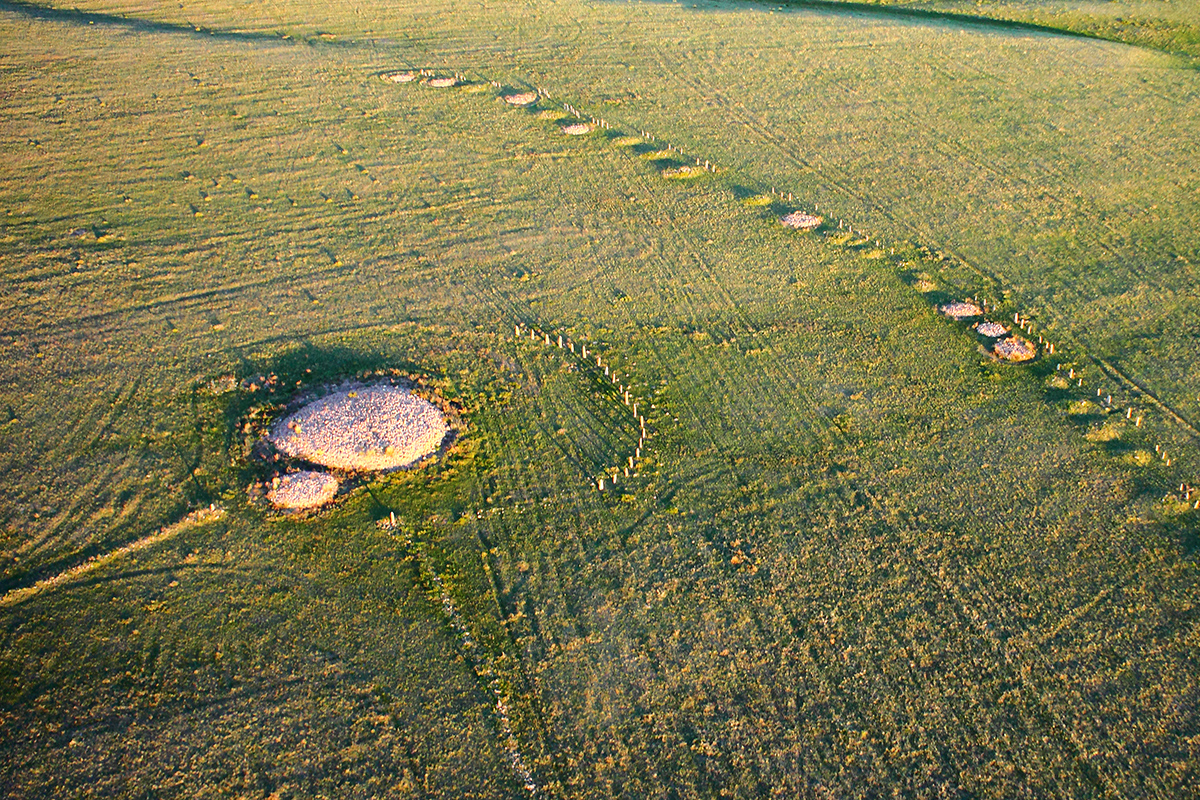
How bad an injury can a person survive without the assistance of modern-day medicine? As archaeologists excavate burials all over the planet and study them using ever more sophisticated medical tools, the discoveries they are making continue to push the boundaries of what is believed to be possible.
Recently the burial of a warrior found in central Kazakhstan, which dates back at least 2,000 years, reveals that the warrior had an arrow lodged in his spine that he survived, the bone around the arrow showing signs of healing. Scientists who studied his remains note that such a wound often kills a person immediately.
What happened when Homo sapiens encountered other ancient hominids?
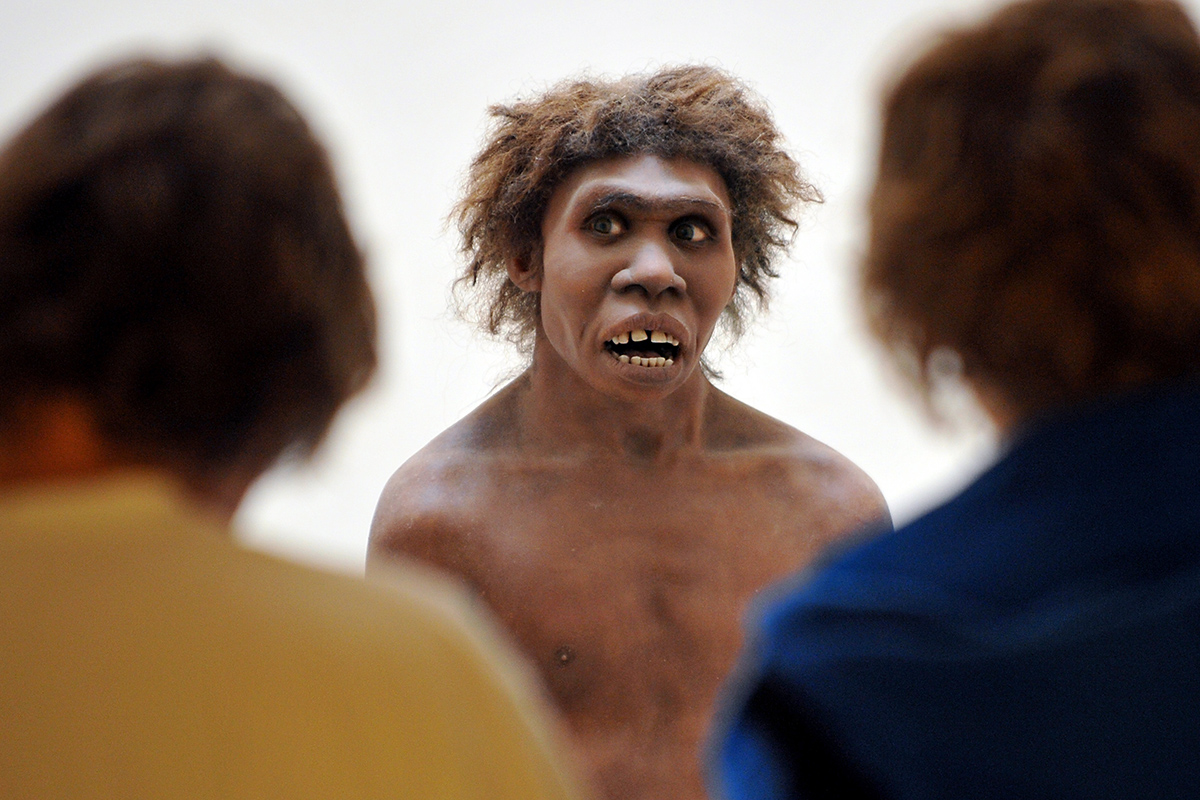
Homo sapiensare the only species of hominid that is still alive, having existed for at least 300,000 years. All other hominids such as Neanderthals, Homo floresiensis and Denisovans are now extinct.
A mystery that archaeologists and anthropologists are trying to solve is why is it that these species are extinct while there are over 7 billion Homo sapiens on the Earth? Recent research suggests that Homo floresiensis went extinct at around the time that Homo sapiens arrived in its territory, a find that raise the possibility that Homo sapiens helped drive it into extinction.
Yet other recent finds show that DNA from Neanderthals and Denisovans, which Homo sapiens would have acquired by breeding with them, helped Homo sapiens boost their immune system, allowing them to survive a wider array of diseases and conditions. These discoveries suggest that some sort of peaceful co-existence leading to breeding happened when Homo sapiens met these two species.

Owen Jarus is a regular contributor to Live Science who writes about archaeology and humans' past. He has also written for The Independent (UK), The Canadian Press (CP) and The Associated Press (AP), among others. Owen has a bachelor of arts degree from the University of Toronto and a journalism degree from Ryerson University.
 Live Science Plus
Live Science Plus





